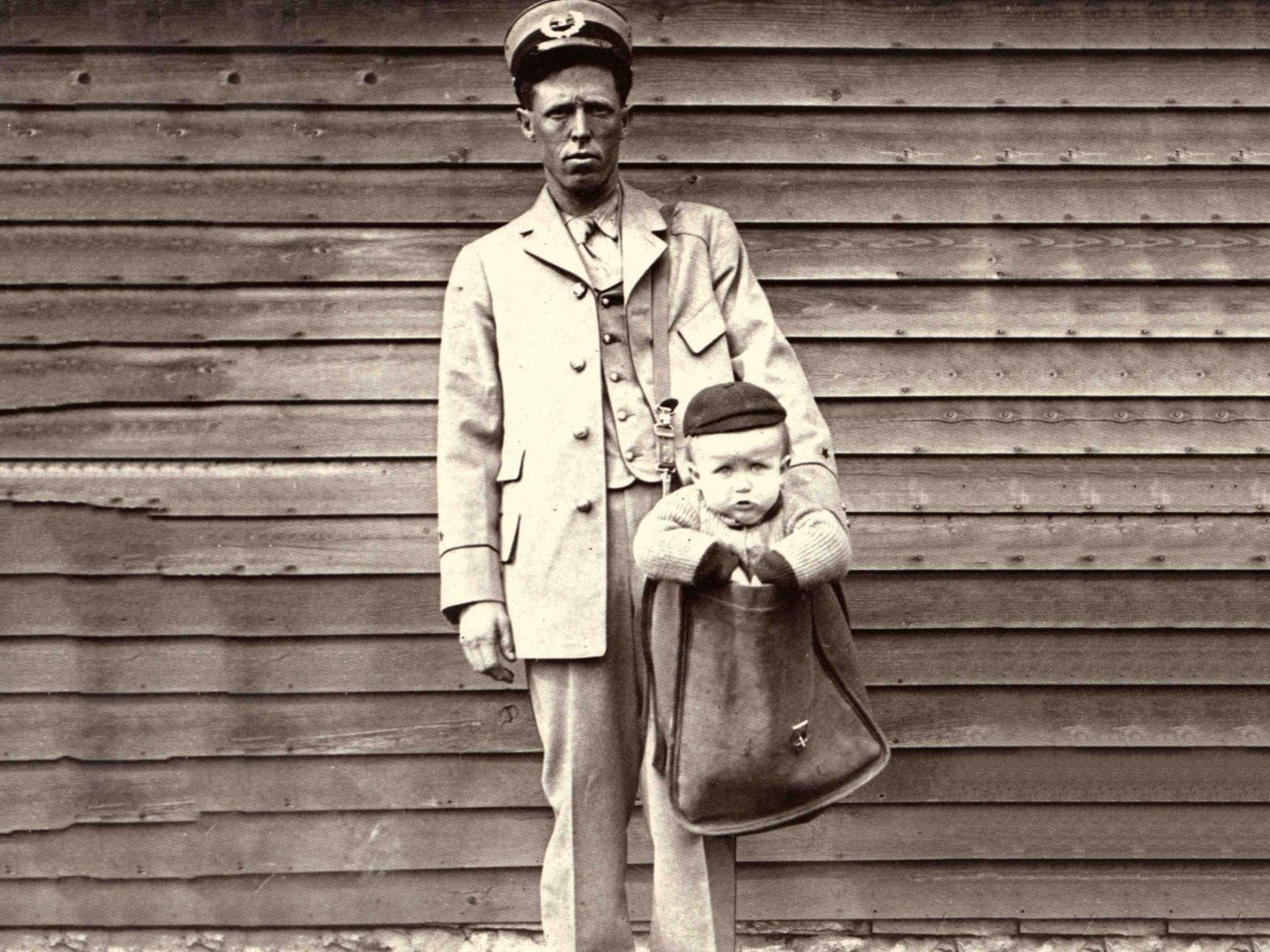The parents used the US Postal Service to mail something that would be unthinkable nowadays: their infant son. 
For just 15 cents worth of stamps and $50 in insurance, Jesse and Mathilda Beagle handed their child over to the mailman, who dropped baby James off at his grandparent’s home a mile away in Batavia, making him the first child to be mailed.
